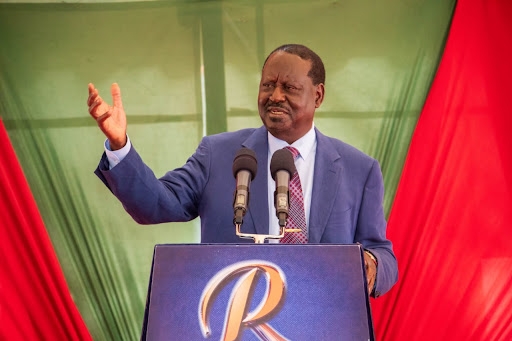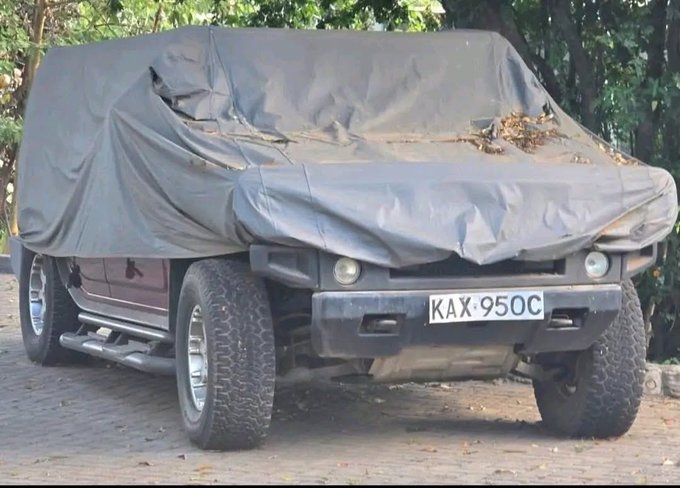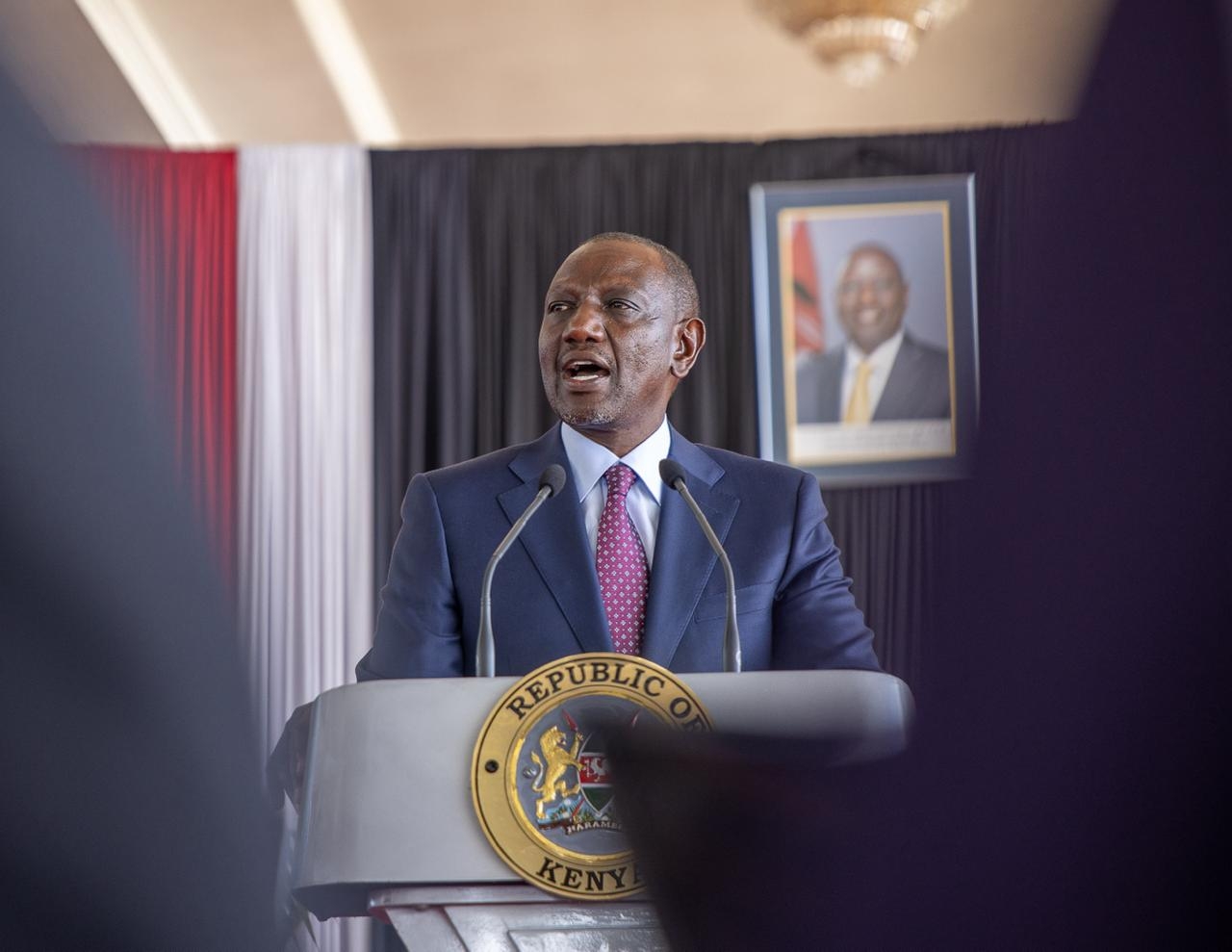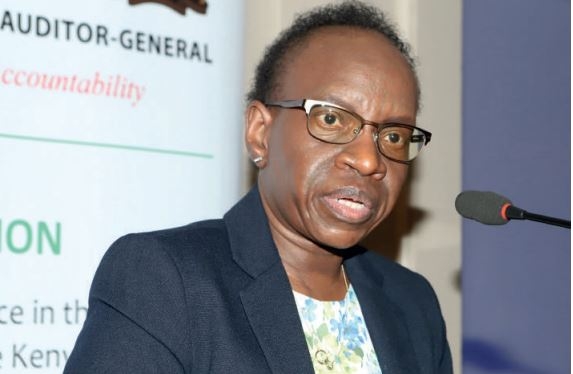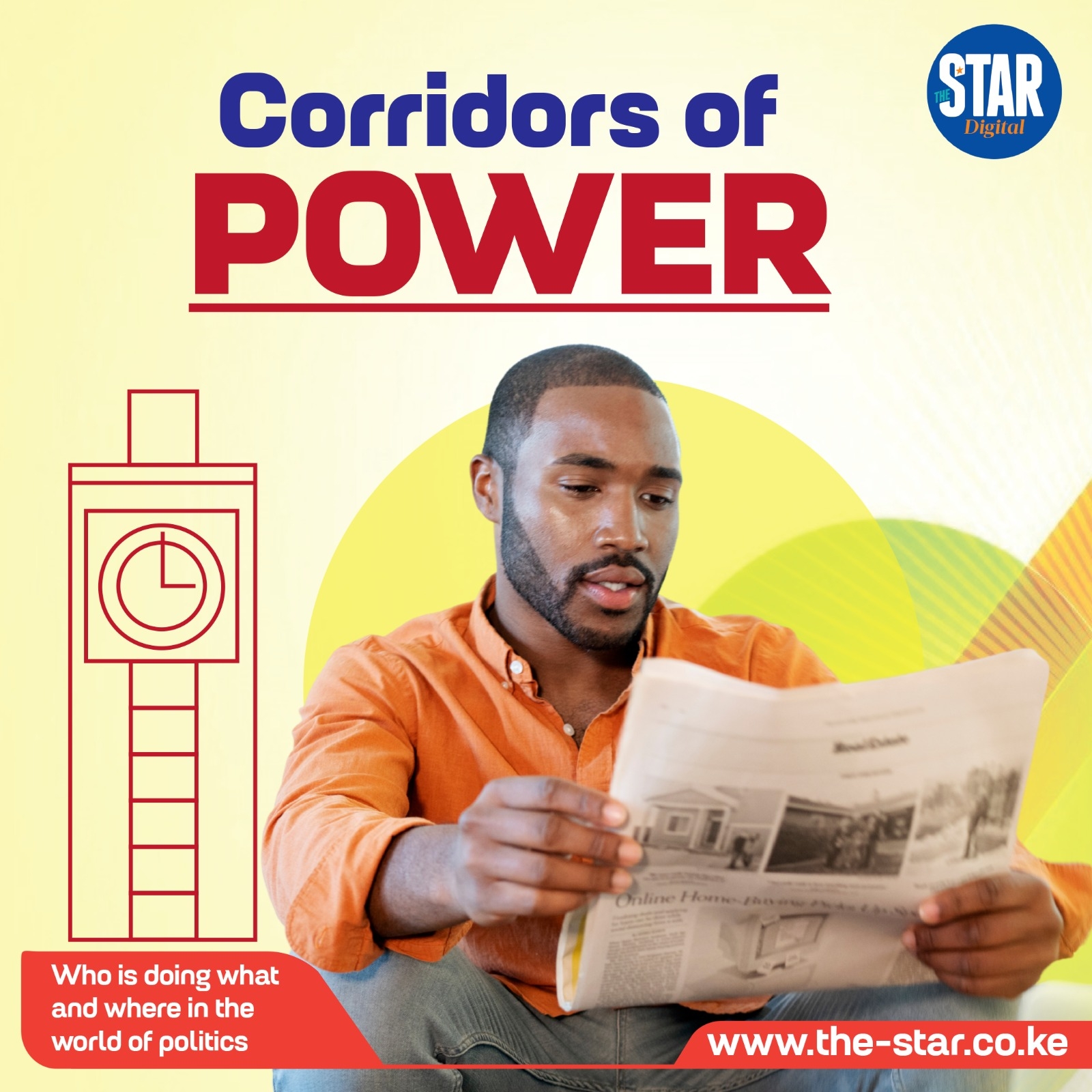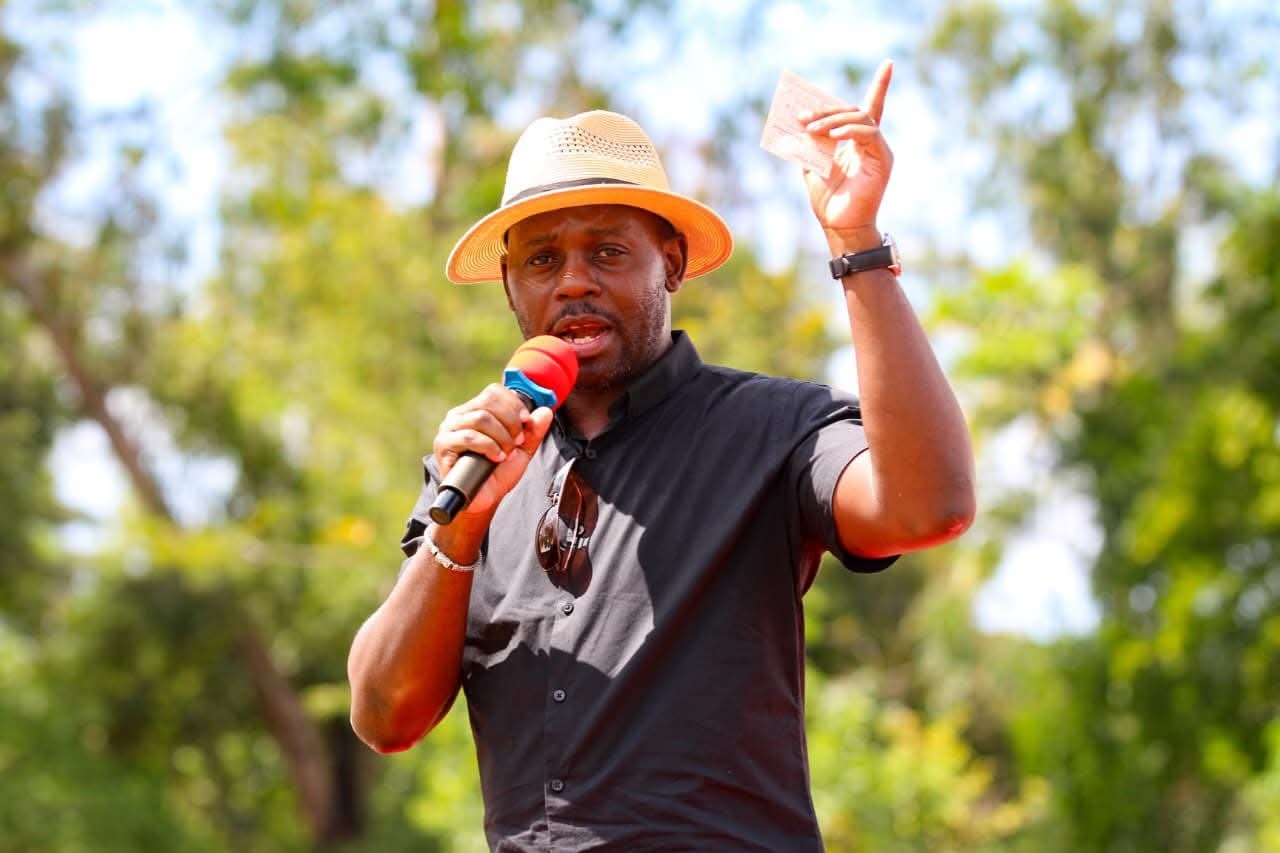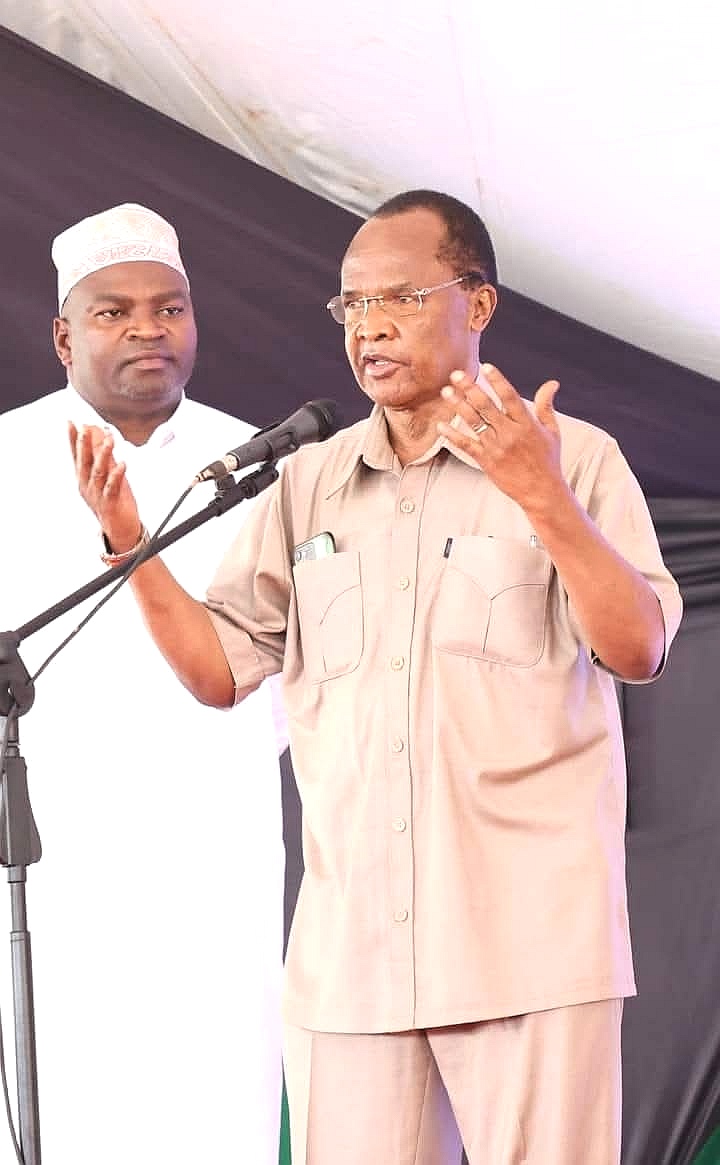
The death of opposition chief Raila Odinga has left a significant vacuum in Western Kenya that is expected to trigger intense jostling among Luhya leaders seeking to fill the void.
For more than two decades, Raila and his ODM party have dominated the region’s politics, becoming the de facto political force even as Luhya leaders struggled to unite behind one of their own.
ODM currently boasts over half of the region’s MPs, three governors, two woman representatives, two senators and dozens of MCAs—a testament to its grip on the Western bloc.
But analysts predict a major political realignment in the post-Raila era.
Political scientist Prof Amukowa Anangwe said Raila’s influence across the Mulembe nation since the 1990s far surpassed that of his father, Jaramogi Oginga Odinga.
“Raila’s demise will create a huge political vacuum with far-reaching implications for both the region and ODM,” Anangwe said.
He warned that the party’s fortunes may wane without a unifying figure at the national level, possibly to the advantage of the ruling United Democratic Alliance.
“In the absence of strong leadership to rally the grassroots, ODM risks internal fragmentation and defections.”
Anangwe added that whether Luhya leaders can reassert themselves and fill the void remains uncertain—given their disunity.
“It will take more than token efforts and petty politics to build a solid grassroots movement—lessons can be drawn from Raila’s political playbook,” he said.
He observed that President William Ruto could emerge as the dominant political actor if his allies strategically consolidate support in the region.
Political analyst Martin Oloo agreed, saying Raila’s death offers Luhya leaders a chance to organise for national leadership.
“Musalia Mudavadi has often blamed Raila for overshadowing him—now he has the space to prove his leadership,” Oloo said.
Other leaders such as National Assembly Speaker Moses Wetang’ula, Co-operatives CS Wycliffe Oparanya, Trans Nzoia Governor George Natembeya and DAP-K leader Eugene Wamalwa could also rise to prominence if Mudavadi fails to consolidate the region.
Oloo argued that ODM faces uncertain times without its founder.
“ODM was built around Raila’s persona. Without his unifying presence, internal rivalries could threaten its cohesion,” he said.
He pointed to the divergent speeches at Raila’s funeral service at Jaramogi Oginga Odinga University of Science and Technology on Sunday as evidence of simmering divisions.
“One faction appears comfortable engaging with the government, while another—led by Siaya Governor James Orengo, Kisumu’s Anyang’ Nyong’o, deputy leader Godfrey Osotsi and secretary general Edwin Sifuna—is pushing to reaffirm ODM’s opposition identity,” Oloo observed.
Instant Analysis
Raila Odinga’s death marks a watershed moment for Western Kenya’s politics, dismantling a long-standing power structure built around his influence. Luhya leadership—historically fragmented—now has both an opening and a test: to consolidate power or cede ground to President Ruto’s Kenya Kwanza alliance. Whether figures like Mudavadi, Wetang’ula, Oparanya, or Natembeya can forge unity remains the central question. The coming months will define whether Western reclaims political relevance or sinks deeper into division and external influence.


